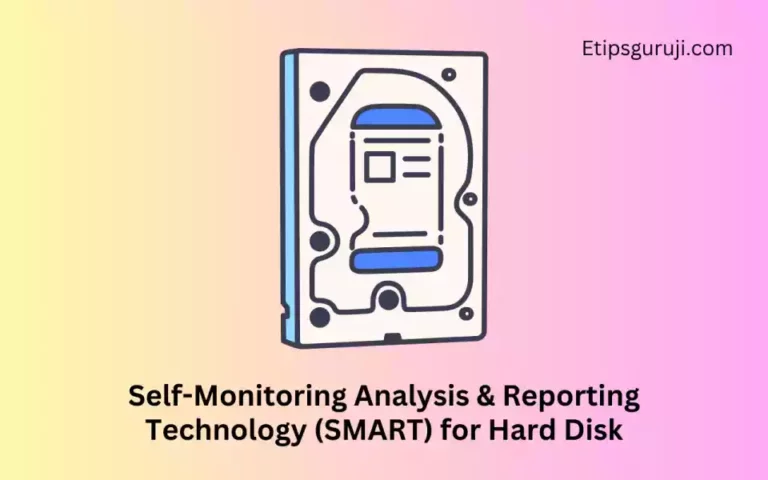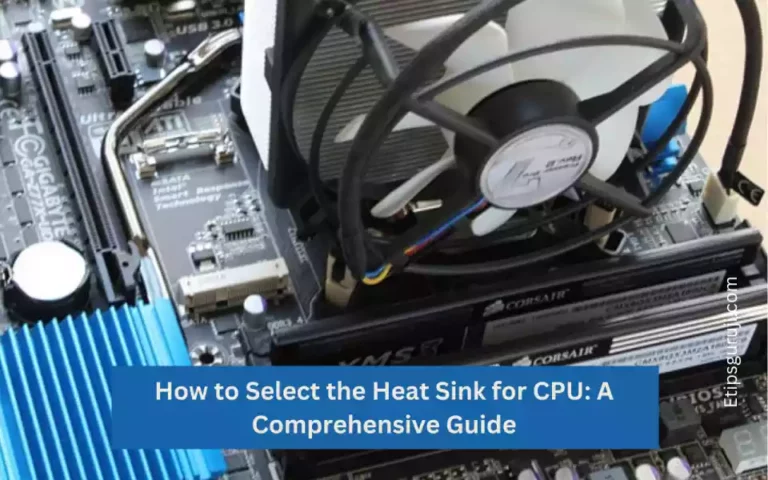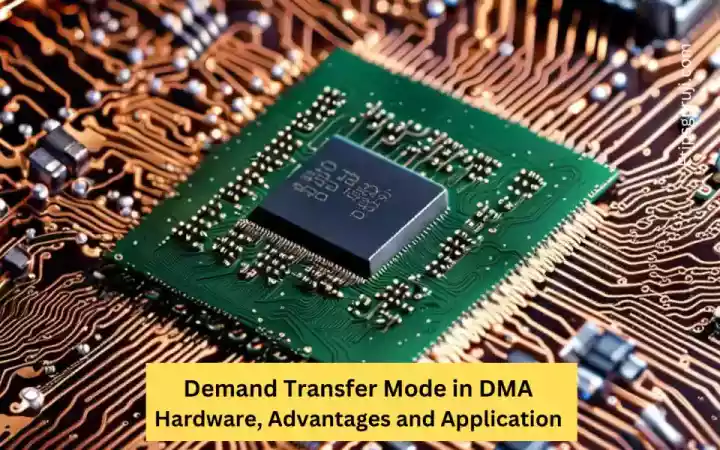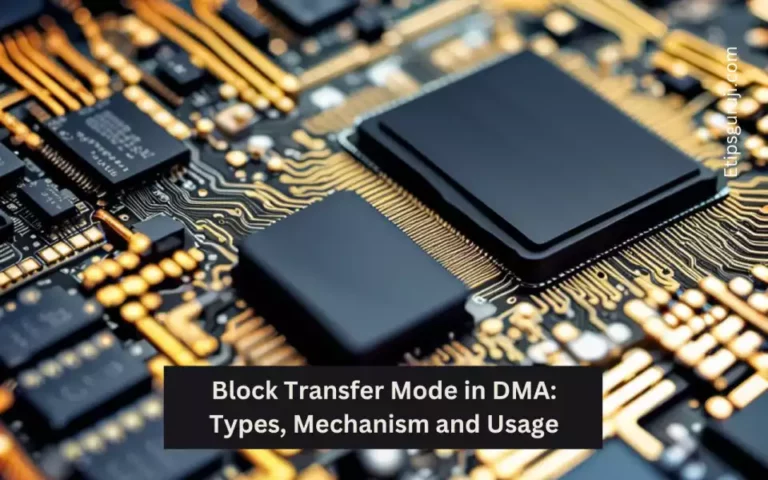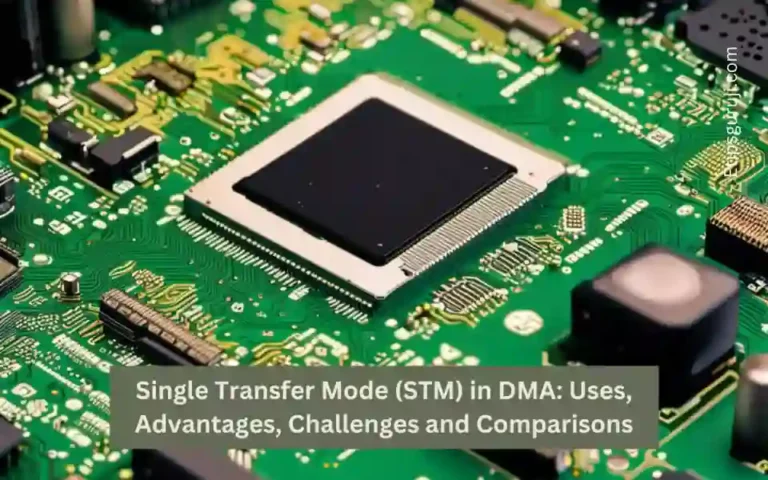Self-Monitoring Analysis & Reporting Technology (S.M.A.R.T) for Hard Disk
Mechanics of S.M.A.R.T. Technology Fundamentals What It Is: Self-monitoring, Analysis, and Reporting Technology, commonly known as S.M.A.R.T., is a built-in monitoring system for computer hard disk drives (HDDs) and solid-state drives (SSDs). How It Works: The technology works by monitoring various indicators of disk reliability in real-time. These indicators, also called attributes, are then analyzed…

